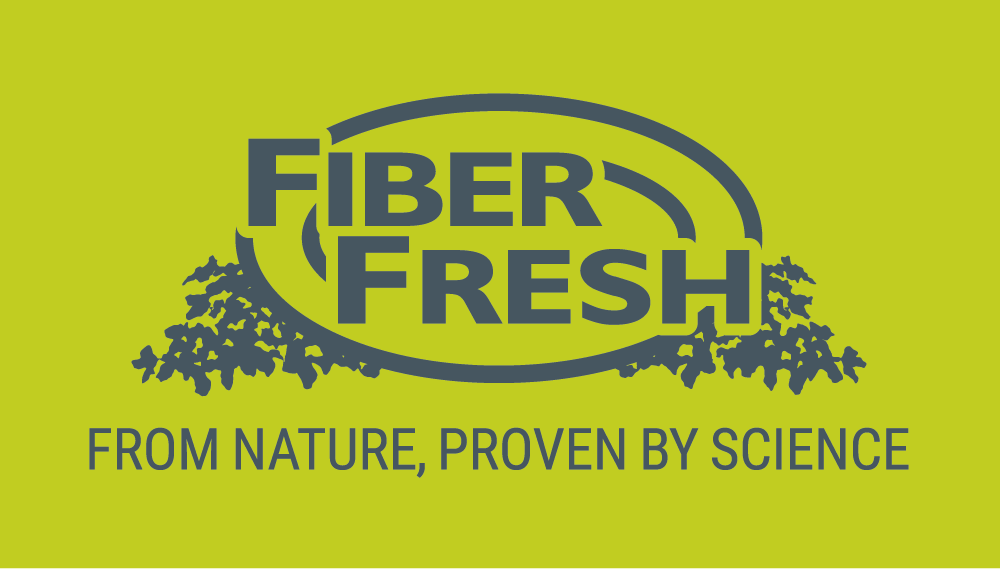
To keep your horse healthy on the inside they need fibre, lots and lots of natural forage fibre. Forage is what horses are designed to live on – literally; to freely move around on large areas of grassland, grazing moist forage for 16-18 hours a day. Confinement, training and unnatural diets unfortunately put modern horses at high risk of gastric diseases such as ulcers and hind gut acidosis as well as associated colic, laminitis and carbohydrate-induced tying up.
Gastric ulcers are a painful sore or raw wound in the lining of the stomach, or occasionally duodenum. The most likely cause of this injury is hydrochloric acid, produced continuously by the horse to digest food in the stomach, together with the enzyme pepsin. The top third of the equine stomach (squamous) has a thin smooth “non-glandular” lining, similar to the oesophagus and vulnerable to burning by stomach acid. In contrast, the bottom two thirds is “glandular”, lined with thick glands that secrete digestive acids and covered with a dense layer of mucus and bicarbonate (an acid buffer, like baking soda) which protects against stomach acid. These two regions meet abruptly at the margo plicatus, adjacent to where most ulcers occur. Ulcers initially start with erosion of the mucosa (stomach lining), penetration into the sub-mucosa which can lead to perforation and are often associated with bacterial infection.
Research overseas and in New Zealand has shown the rarity of gastric ulcers (or EGUS: Equine Gastric Ulcer Syndrome) in horses kept at pasture, but 80-95% of racehorses, 70% of endurance horses and 40-80% of ponies, sport, pleasure and western horses have gastric ulcers. Clinical signs are often not seen until severe ulceration has developed, despite the pain. Signs are subjective, non-specific and difficult to document, hence the need for gastroscopy under sedation by a trained veterinarian for a definitive diagnosis. They can include poor appetite or picky eating (particularly decreased consumption of concentrates, loose faeces, poor body condition or weight loss, rough hair coat, changes in attitude or behaviour, poor or decreased performance/ reluctance to train, excessive time spent lying down and mild to severe colic.
Naturally, the horse is a trickle-feeder, keeping a mat of chewed fresh forage buffering the non-glandular region of the stomach. Chewing forage also stimulates saliva (containing bicarbonate) production, which in addition to the water contained in moist forage buffers the whole digestive tract.
However, modern horses have restricted access to mostly dried forage, rapidly consume 1-2 meals of acidic cereal-based concentrates daily and are exercised on empty stomachs, all of which contributes to acid splashing on and burning the squamous area of the stomach.
Feeding 1-2kgs of a palatable fibre like FiberProtect® forms a fibre ball (as pictured above) in the gut reducing the acid splash during exercise.
Although less common Glandular Ulcers (in the glandular region of the stomach) can occur too, caused by stress, including stress of training, transport, housing, social situations etc and/or the use of non-steroidal anti-inflammatory drugs e.g. phenylbutazone (Bute). All ulcers are stress related, so the prevalence and severity of ulcers increases with travel, work intensity and duration.
FiberProtect® has achieved ACVM status as an approved veterinary medicine, and is also the only proven effective preventative option. It should also be combined with other preventative measures including offering other free choice forage if FiberProtect® is not the sole forage source, reducing the amount of grain and concentrates in the diet, increase pasture turnout time, feeding before exercise, limiting stressful situations such as intense training and frequent transport, and allowing horses to see and socialise with each other.
The challenge for horse owners is to maintain the modern lifestyle of their horses whilst taking a natural, nutrition approach to optimise gastric health. The answer is a QUALITY FORAGE FIBRE FIRST! Fibre should be the base of the diet (ideally minimum 2% of bodyweight) and readily available. Use high quality fibre to add energy first, use any grains or concentrate feeds strategically, by mixing with moist forage such as any of the Fiber Fresh feeds at a ratio of 2 (fibre) :1 (grain) by weight to neutralise the acidity of the grain.
Use FiberProtect® to treat and aid in the prevention of ulcers and hindgut acidosis, in many cases this may just be a major added bonus of using this highly nutritious fibre.



